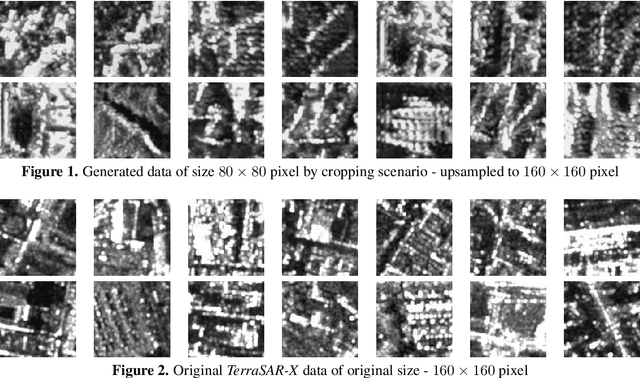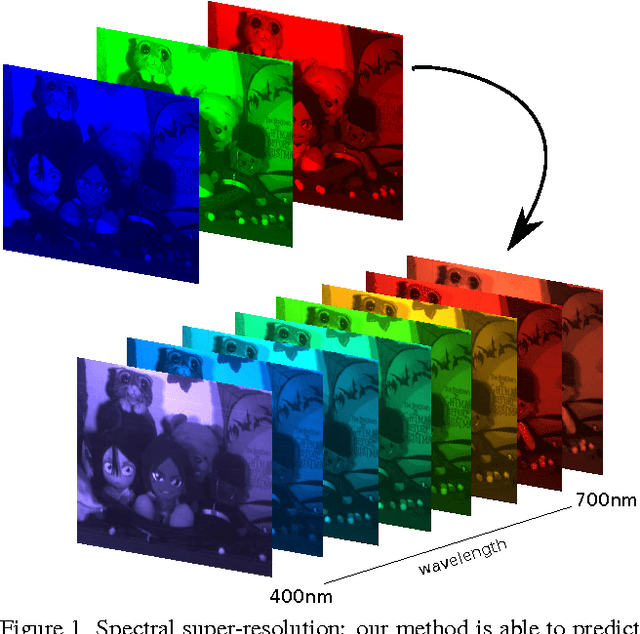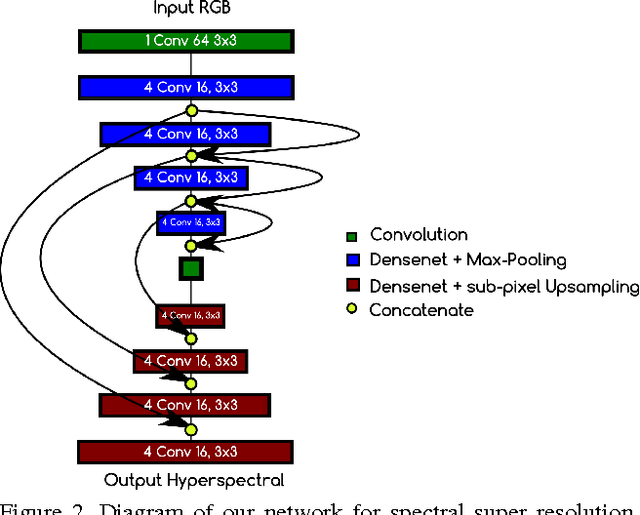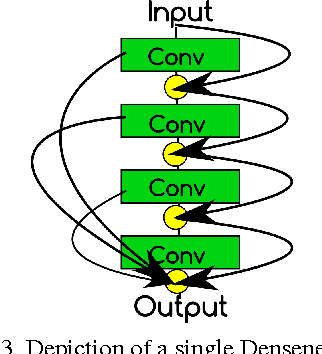Dimitrios Marmanis
Classification With an Edge: Improving Semantic Image Segmentation with Boundary Detection
Dec 21, 2017



Abstract:We present an end-to-end trainable deep convolutional neural network (DCNN) for semantic segmentation with built-in awareness of semantically meaningful boundaries. Semantic segmentation is a fundamental remote sensing task, and most state-of-the-art methods rely on DCNNs as their workhorse. A major reason for their success is that deep networks learn to accumulate contextual information over very large windows (receptive fields). However, this success comes at a cost, since the associated loss of effecive spatial resolution washes out high-frequency details and leads to blurry object boundaries. Here, we propose to counter this effect by combining semantic segmentation with semantically informed edge detection, thus making class-boundaries explicit in the model, First, we construct a comparatively simple, memory-efficient model by adding boundary detection to the Segnet encoder-decoder architecture. Second, we also include boundary detection in FCN-type models and set up a high-end classifier ensemble. We show that boundary detection significantly improves semantic segmentation with CNNs. Our high-end ensemble achieves > 90% overall accuracy on the ISPRS Vaihingen benchmark.
Artificial Generation of Big Data for Improving Image Classification: A Generative Adversarial Network Approach on SAR Data
Nov 06, 2017
Abstract:Very High Spatial Resolution (VHSR) large-scale SAR image databases are still an unresolved issue in the Remote Sensing field. In this work, we propose such a dataset and use it to explore patch-based classification in urban and periurban areas, considering 7 distinct semantic classes. In this context, we investigate the accuracy of large CNN classification models and pre-trained networks for SAR imaging systems. Furthermore, we propose a Generative Adversarial Network (GAN) for SAR image generation and test, whether the synthetic data can actually improve classification accuracy.
Learned Spectral Super-Resolution
Mar 28, 2017



Abstract:We describe a novel method for blind, single-image spectral super-resolution. While conventional super-resolution aims to increase the spatial resolution of an input image, our goal is to spectrally enhance the input, i.e., generate an image with the same spatial resolution, but a greatly increased number of narrow (hyper-spectral) wave-length bands. Just like the spatial statistics of natural images has rich structure, which one can exploit as prior to predict high-frequency content from a low resolution image, the same is also true in the spectral domain: the materials and lighting conditions of the observed world induce structure in the spectrum of wavelengths observed at a given pixel. Surprisingly, very little work exists that attempts to use this diagnosis and achieve blind spectral super-resolution from single images. We start from the conjecture that, just like in the spatial domain, we can learn the statistics of natural image spectra, and with its help generate finely resolved hyper-spectral images from RGB input. Technically, we follow the current best practice and implement a convolutional neural network (CNN), which is trained to carry out the end-to-end mapping from an entire RGB image to the corresponding hyperspectral image of equal size. We demonstrate spectral super-resolution both for conventional RGB images and for multi-spectral satellite data, outperforming the state-of-the-art.
 Add to Chrome
Add to Chrome Add to Firefox
Add to Firefox Add to Edge
Add to Edge